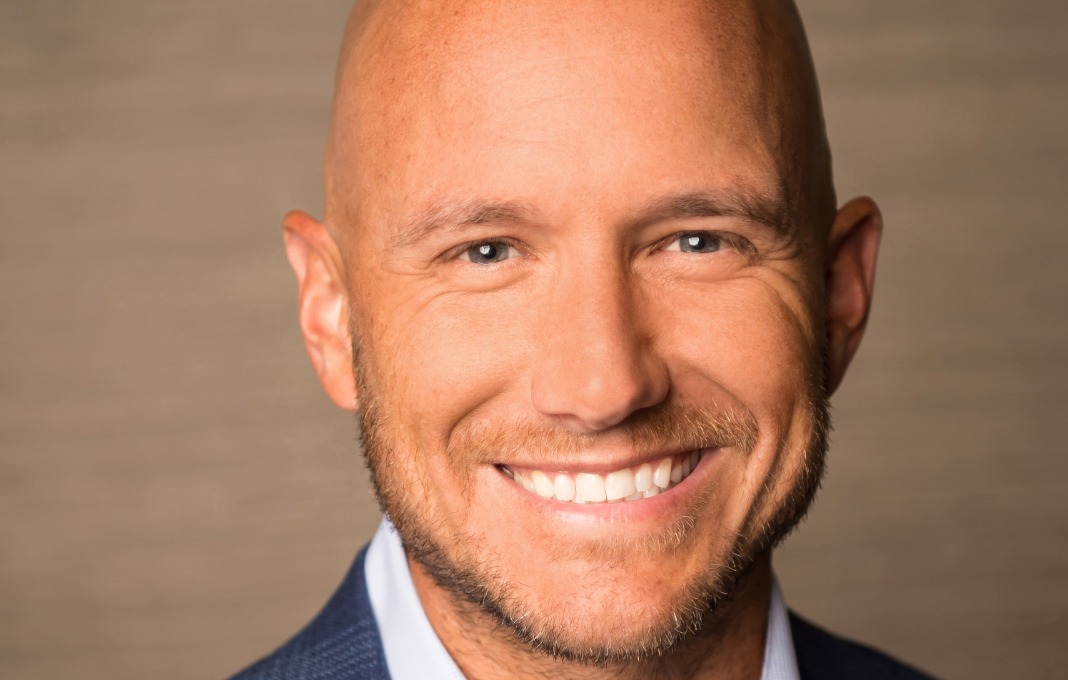Adam Ante has been broadening his skillset since becoming CFO of Paycor more than three years ago, leading the evolution of the function at a human-capital management software company that has gone public and been scaling up and leaning into its own transformation as it serves small- and medium-sized clients that are refining their approaches to the people side of business.
So while Ante spent a lot of time overhauling Paycor’s approach to data gathering and analysis in his first few years with the Cincinnati-based company, and helping restructure the company to meet long-term targets, since its IPO in 2021 Ante has been focusing on helping grow the top line, dealing with Wall Street and ensuring the alignment of finance strategy with the goals of CEO Raul Villar Jr.
The company’s C-Suite has been doing something right: Paycor posted a 29 percent increase in revenues for fiscal 2023 that ended in August, to nearly $553 million, and delivered nearly 400 basis points of margin expansion year-over-year while continuing to invest in technologies such as its cloud platform and AI capabilities that make the company a leader in human-capital management software. Villar’s guidance for fiscal 2024 included an 18 percent increase in revenues.
“Over the last couple of years, we’ve had a pretty massive transformation,” Ante tells StrategicCFO360. “We were coming out of a founder-led business, and were about $200 million in revenues when I came” into the company. “We’ve really invested in people management, and the rewards have been nine straight quarters of operational performance and executing extraordinarily well, making better decisions faster. It really has come together.”
Diverse experiences
Ante is a Southern California native whose family moved to Cincinnati when he was a teenager and has been pretty much tethered there since. He began his financial experience as an analyst with the city’s Fifth Third Bank and ended up being part of an IPO after a division, Fifth Third Processing Solutions, spun out in 2009 and then went public as Vantiv in 2012.
“I was able to gain a ton of different experiences, in planning, investor relations, new-product development,” he says. “Then I ran M&A in finance, and was able to jump out of that into line-of-business CFO roles and support integrations” as Vantiv became part of Worldpay.
Paycor recruited Ante to head its analytics department in 2017. “They were trying to scale the business and struggling with data all over the place,” Ante recalls. Financial analytics “was really just a reporting function, compiling reports but not really enabling [executives] to make better decisions. It wasn’t helping them. They didn’t know what was going on in the business. [Data] was all over the place, but not in a way you could consolidate and report and run analytics on it.”
For example, he says, the simple KPI of how many customers Paycor had, and what each customer was paying for which services, was not simple to ascertain. “Depending on who you asked, there were lots of different counts,” he says. That hindered Paycor’s efforts to “unpack our markets effectively and unpack our profitability effectively. We needed to provide the right services to customers based on the products they use and their level of usage and how much they were paying us. You can find out quickly when you start to organize and count a customer, and how much they spend, that you should either cancel their contracts or increase their price.”
To help Paycor’s customer side have the right conversations with customers, Ante created a data office that still exists within the company. “It really was about structuring data more efficiently for better operational reporting, data forecasting and insights,” Ante says. One result: Everyone at Paycor agreed on “how we’re going to count customers.”
Five years ago, Paycor’s CFO left the company as Paycor recapitalized and the founder sold a majority stake to a private equity firm. Ante made sense as the next CFO in part because he had some experience with taking a company public. And when he and the new CEO, Villar, “hit it off and really connected,” the two formed a strong team with the aim of taking Paycor public in the right timeframe.
“We had to set up the organization to achieve long-term targets, and I helped set them,” Ante says. “What capabilities did we need to build internally and how did we need to shore up operations to enable us to build to the right level of scale and take the company public? The most important thing it takes to become publicly traded is the execution side: consistently executing quarter after quarter so that we were going to be successful.”
Among the things Ante did was lead a move to increase the internal visibility of business performance. “What did we need to accomplish, what can the team do and how quickly can they do it?” he says. Being able to understand the business well enough to forecast growth and performance would be a crucial outcome of that endeavor.
Changing culture
“I realized when we started looking at things more broadly that we needed people who could execute inside the business,” he says. “We needed to change the culture, to change how people think about their roles and how quickly they can move and communicate long-term goals—and then to let them go a bit. Give them latitude to execute in their own areas.”
Along with that, Ante says, Paycor needed to emphasize ways for people to understand how well they were performing through the new lens. “People needed to know how they were doing and how their own performance was showing up in our financials and KPIs,” Ante says. “Did they even know what our KPIs were?”
The importance of internal communications became greater as Paycor entered the process of going public in 2021. “The biggest change for me was communicating with broader groups of people like the entire employee population of 2,000 employees,” Ante says. “I hadn’t done that to this level. We had to get people engaged and get the right information to people at the right time.”
At the same time, of course, external communications were becoming a more important part of Ante’s job as CFO, related to the IPO and its aftermath.
“Today, I spend a lot more time telling our story and talking to investors and public markets as well as communicating internally, and that’s been a big evolution for me personally,” he says. “In raising capital and talking with investors, you’ve got to communicate a complex story simply, give guidance and box things in a way that people can consume.”
One key to success in that endeavor, Ante says, is “knowing who your investors are and who’s here in the long term for you and what they want out of the business.” Investors also “want to know you have a perspective on how to manage the business. ‘This is where we need to go.’ That’s different than having a PE firm tell you where to go.”
Also crucial, he says, is “partnering with a CEO and being really close with the CEO so you can do joint decision-making. That partnership is crucial.”








